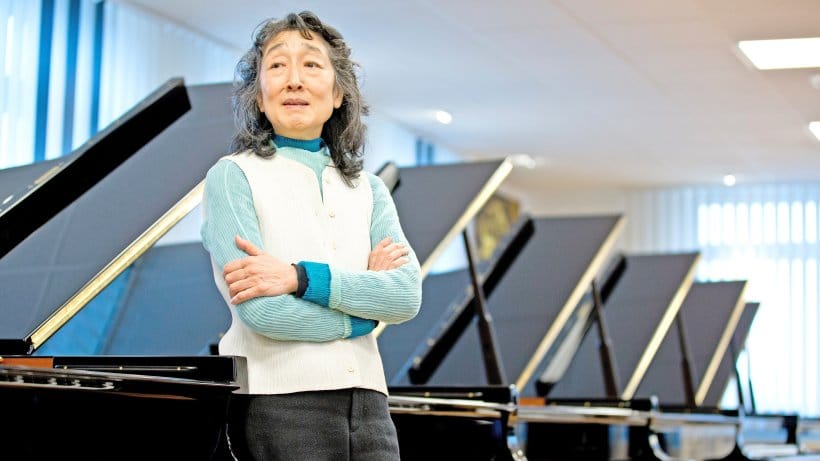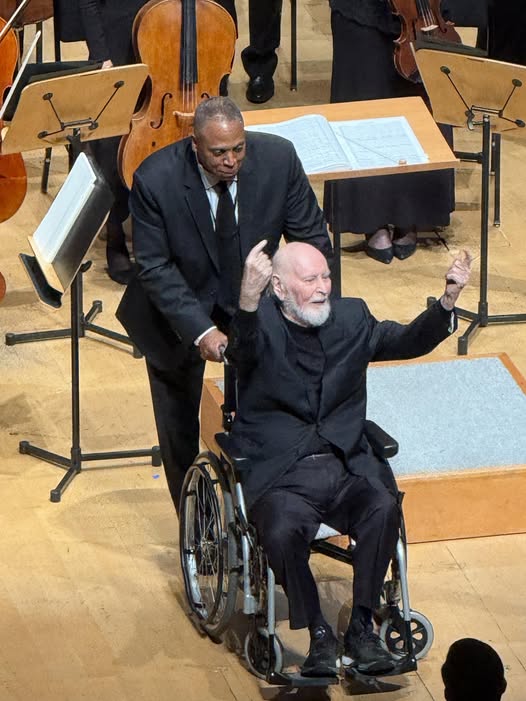Slippedisc daily comfort zone (22): Unprompted
mainHow to let the music breathe.

How to let the music breathe.
It’s lawyers at dawn in the Deep South…

Enrique Batiz died last week in his home…

Pictures have reached us from Friday night’s John…

It bwas made known today that Alexander Hamilton…

Session expired
Please log in again. The login page will open in a new tab. After logging in you can close it and return to this page.
Comments